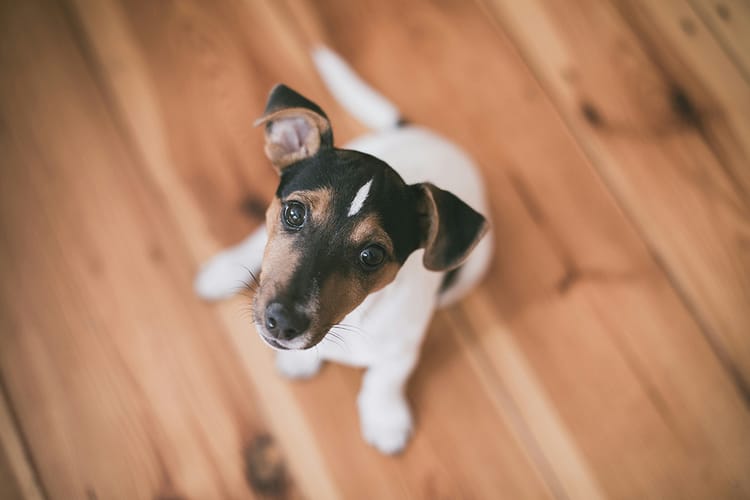How to calm a puppy that gets too excited around other dogs

My puppy Beatrix is always so excited when she sees other dogs. She starts running, jumping up, and barking non-stop until the other dog moves away. I don't love it when she gets this worked up, because she ends up biting and scratching the other dog.
Beatrix loves nothing more than running around and playing with her dog friends. She gets so excited when she sees other dogs that she can't help but jump, bark, and often even bite! While this behavior is well-tolerated by my older dogs, it's not great when she's around dogs who aren't as familiar to her.
I've been working on a few solutions to help Beatrix calm down when she's around other dogs:
Early socialization for excitable puppies
Puppies should be introduced to other fully vaccinated dogs to help them learn how to behave around other dogs. If you or someone in your family has a friendly dog, careful introductions can help you teach your puppy calm behavior. If you don't have another dog of your own, seek out some furry friends to train with. This can be done in a controlled setting, such as a puppy training class, or through supervised playdates with well-behaved dogs.
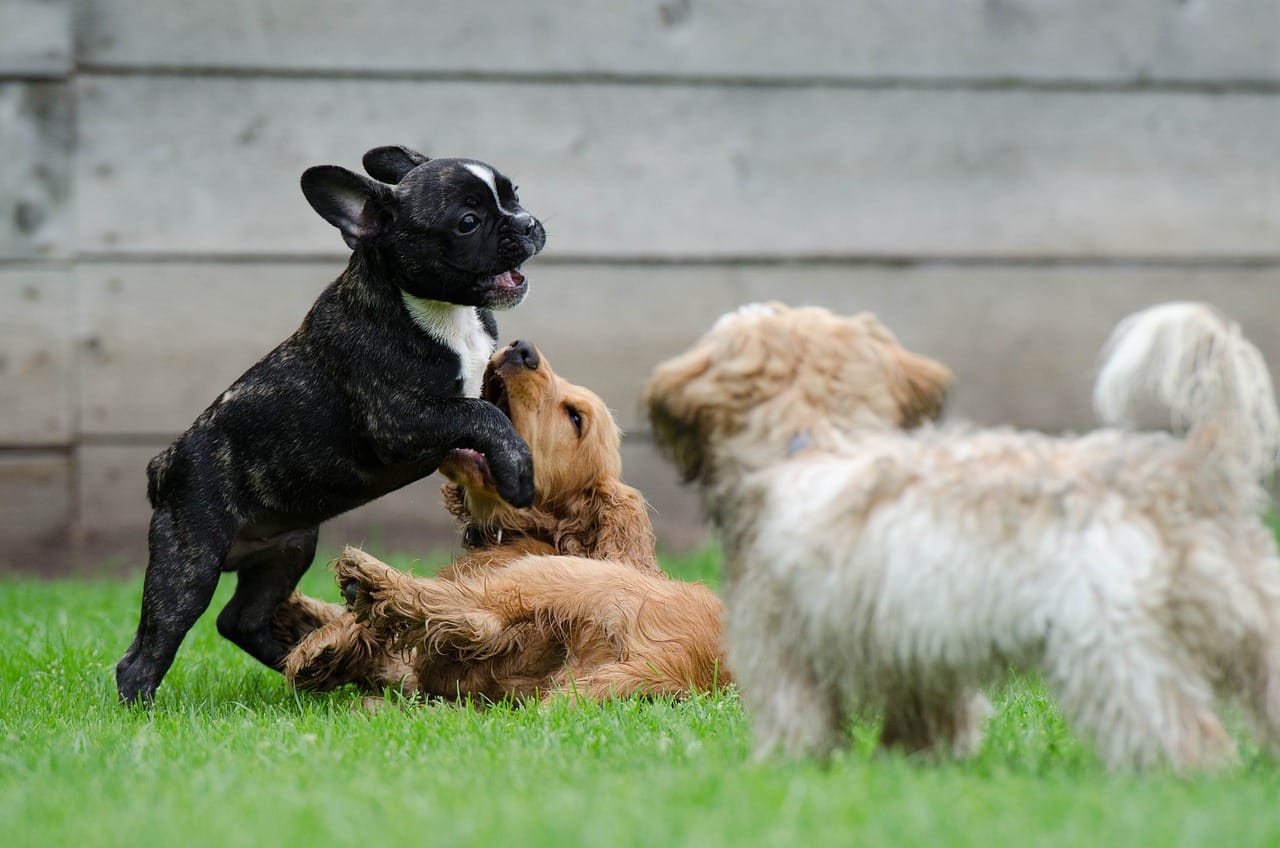
Rewarding calm behavior in dogs
When your puppy behaves calmly around other dogs, or looks to you for direction, reward her with treats and play. This will help her learn that behaving in a calm manner is the correct way to get treats and attention. Be sure the treat you're using is up to the task of distracting from the other dog. Chicken, canned baby food, or salmon pouches are good bets.
Techniques for managing your puppy's overexcitement
If your puppy starts to get excited or becomes too wild around other dogs, give her a quick break. When she's calm, she can return to playing. Keep in mind a puppy gets tired fast! 10-15 minutes of playtime with other dogs, with a few interruptions to feed treats or practice an obedience skill like sit or down, is plenty.
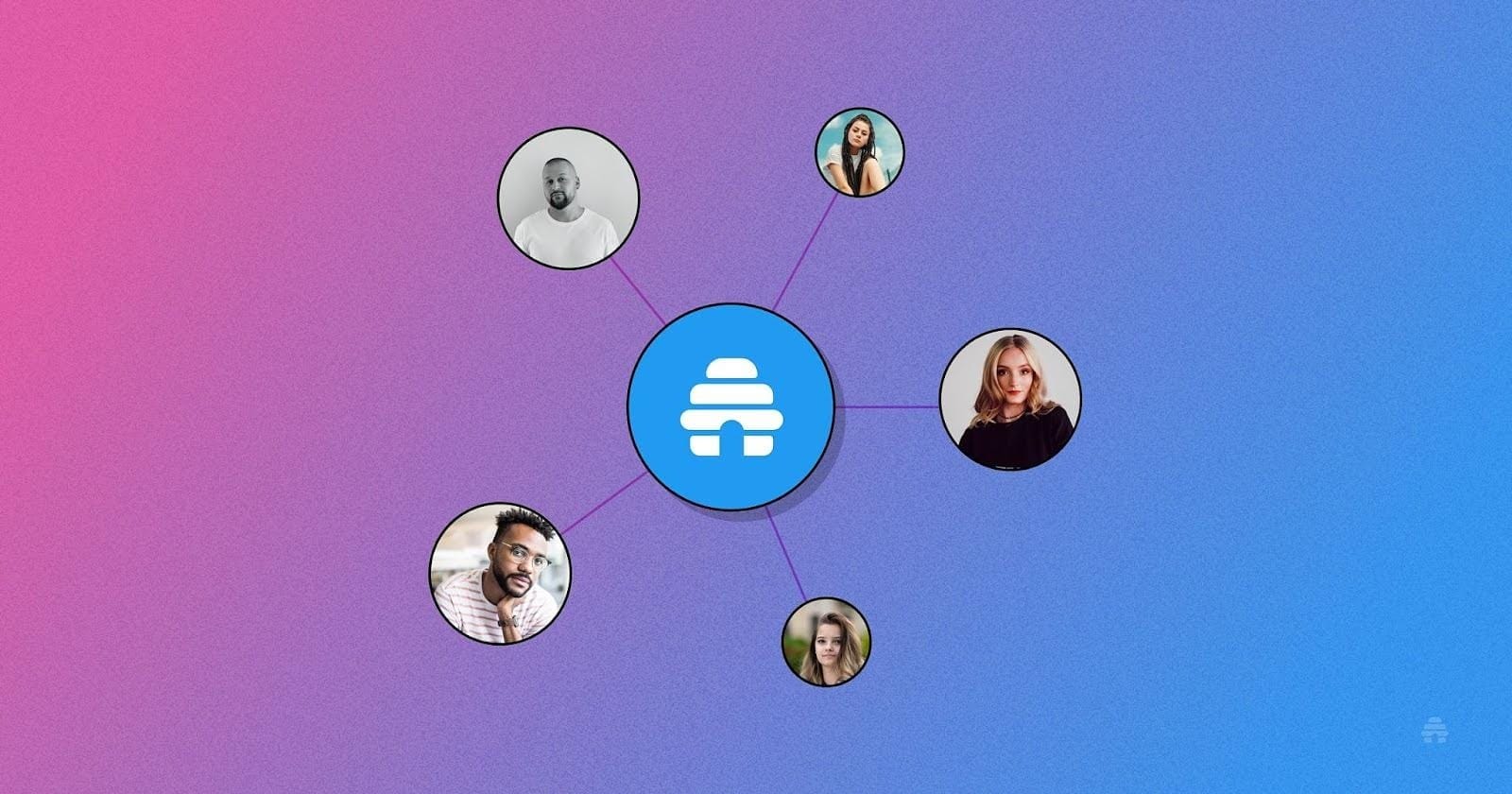
Thinking of starting your own newsletter?
Use my referral link and get a free 30-day trial + 20% off Beehiv!
Stay calm yourself
It is important that you remain calm when interacting with other dogs, as this will set the example for your puppy. If you start getting agitated or frustrated, your puppy is likely to follow suit.
Make sure the other dog or puppy plays appropriately
If you're training your puppy around other dogs, it's important to make sure that the other dogs are playing appropriately. This means no roughhousing or biting, as this could scare or injure your pup. If your puppy is hiding from the other dog or looking to you for help, act right away. Make sure she has a way to escape and rejoin the fun when she's ready.
Teach some specific skills ahead of time
Before taking your puppy around other dogs, it can be helpful to teach them some specific skills such as down, hand targeting or recall. This way, you'll have something to focus on during the play session and your pup will be less likely to get distracted by the other dogs.
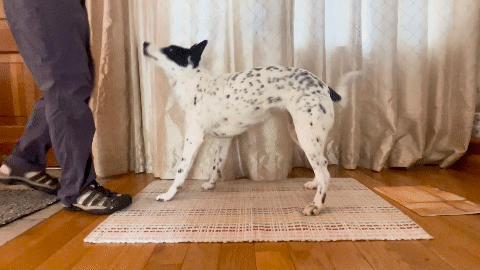
Teaching Down
Check out our guide on how to teach your puppy a fold-back down. It’s easy to follow and you and your puppy can learn a cool new skill. This move is great for their training and helps them settle so they can focus on you!
Teaching hand targeting
- Present your hand: Hold your hand out flat, a few inches away from your puppy’s nose. If they don’t touch it right away, you can smear a little treat on your hand to encourage them.
- Mark the touch: As soon as your puppy’s nose touches your hand, say “Yes!” or click, then give a treat. The goal is to teach them that touching your hand brings rewards.
- Add the command: Once your puppy is consistently touching your hand, introduce the command “Touch” as you present your hand. Continue to mark and reward successful touches.
- Increase difficulty: Gradually increase the challenge by asking for hand targeting in various positions, like when you are standing or sitting, and before meals or walks to build reliability.
Introducing the basics of recall
- Start small: Begin in a quiet, enclosed space. Have some high-value treats—something your puppy finds irresistible.
- Capture attention: Get down to your puppy’s level and call their name. When they look at you, show enthusiasm and immediately reward them with a treat.
- Introduce a cue word: Once they are paying attention to you reliably when you call their name, introduce the recall cue, such as “Come!” Use a cheerful, encouraging tone.
- Back up a step: Take a step back from your puppy after giving the cue. If they come towards you, mark with “Yes!” or a click and reward them generously.
- Gradually increase distance: As your puppy becomes more reliable, increase the distance from which you call them, always rewarding them for coming to you. Practice in increasingly distracting environments.
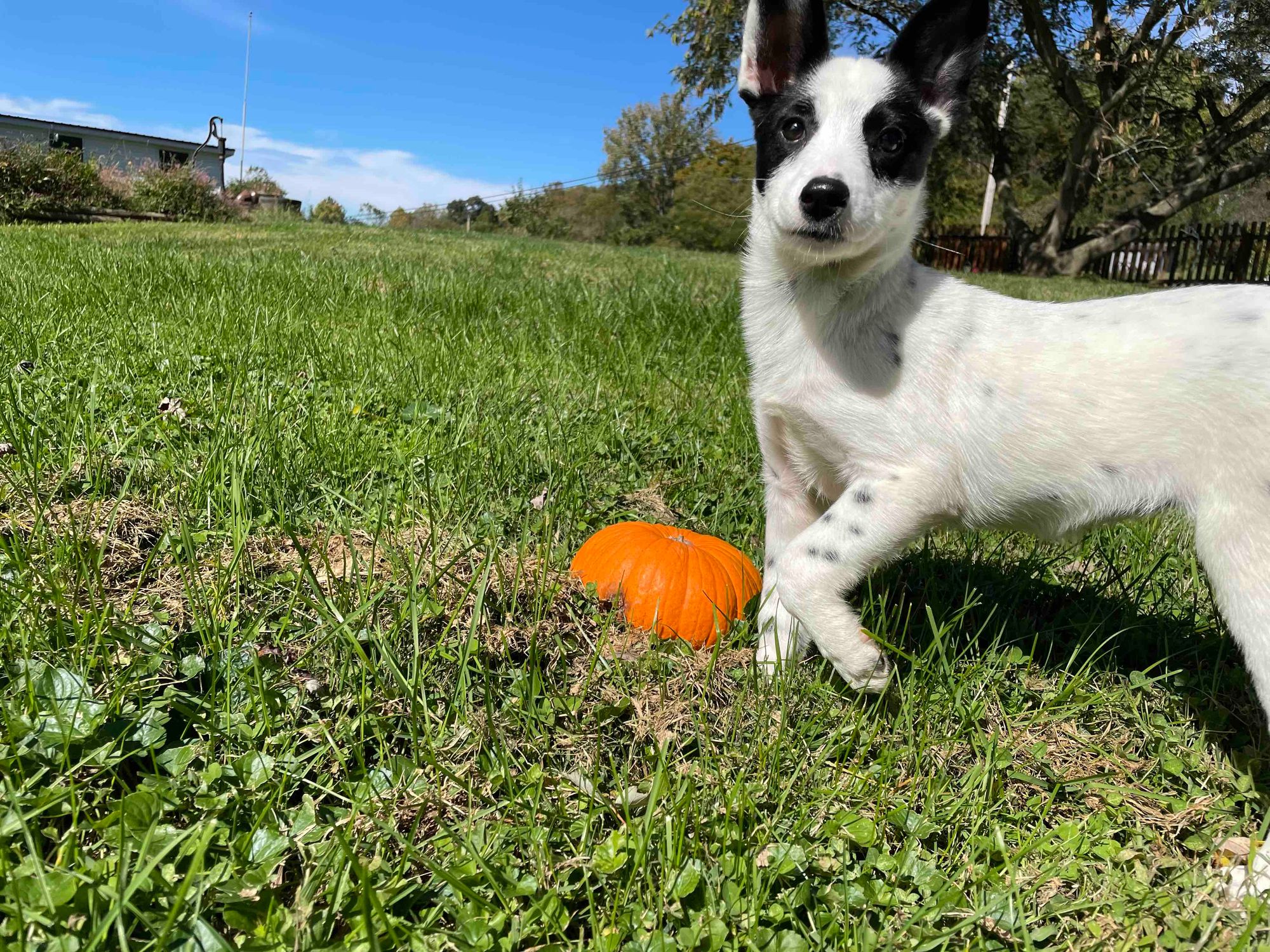
Do you have an excitable puppy too? With a little patience and perseverance, you'll be able to teach your excitable pup to focus around other dogs in no time!
And you're not alone – I'll continue to work with Beatrix on helping her stay calm while she's playing with other dogs!

